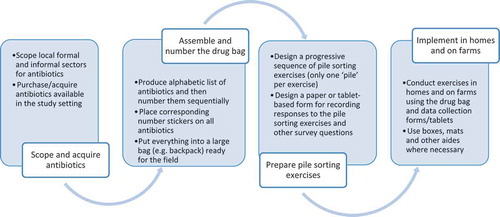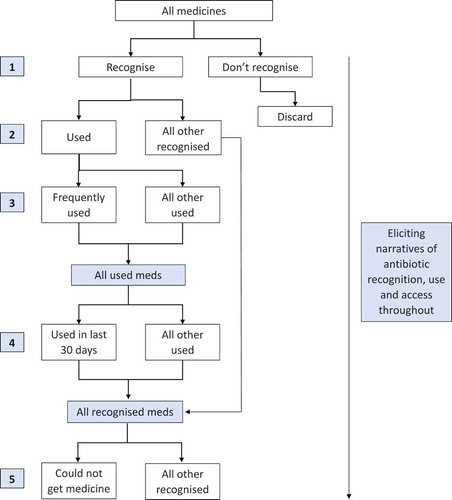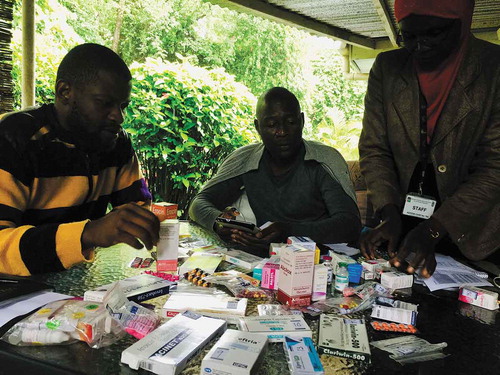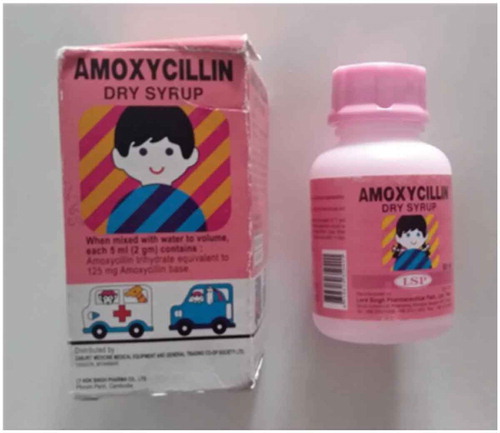Figures & data
Box 1. Drug Bag Research Objectives
Table 1. Drug Bag participants
Figure 4. Percentage (%) of respondents that recognised antibiotics available in Chikwawa District, Malawi (n = 101)
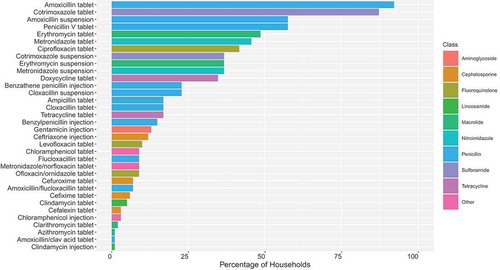
Figure 6. Proportional reported use (%) of frequently-used antibiotics by class among households in Malawi (n = 101), Myanmar (n = 50), Uganda (n = 174) and Zimbabwe (n = 100)
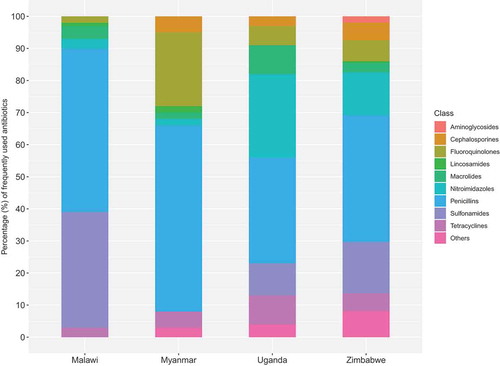
Table 2. Observed strengths and limitations

